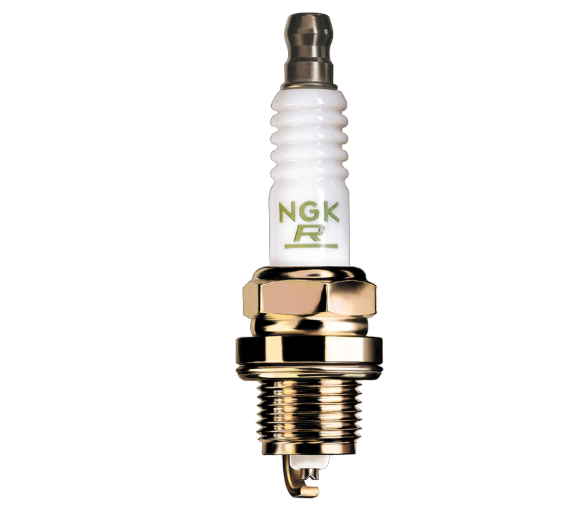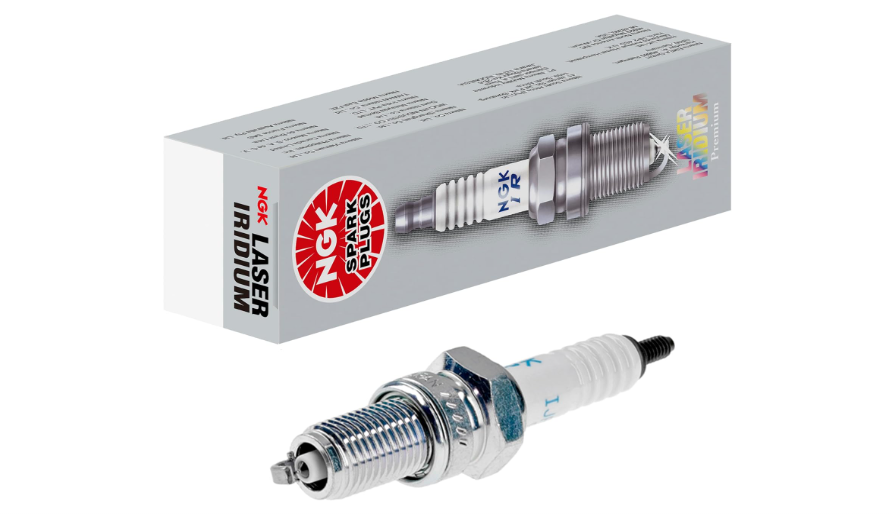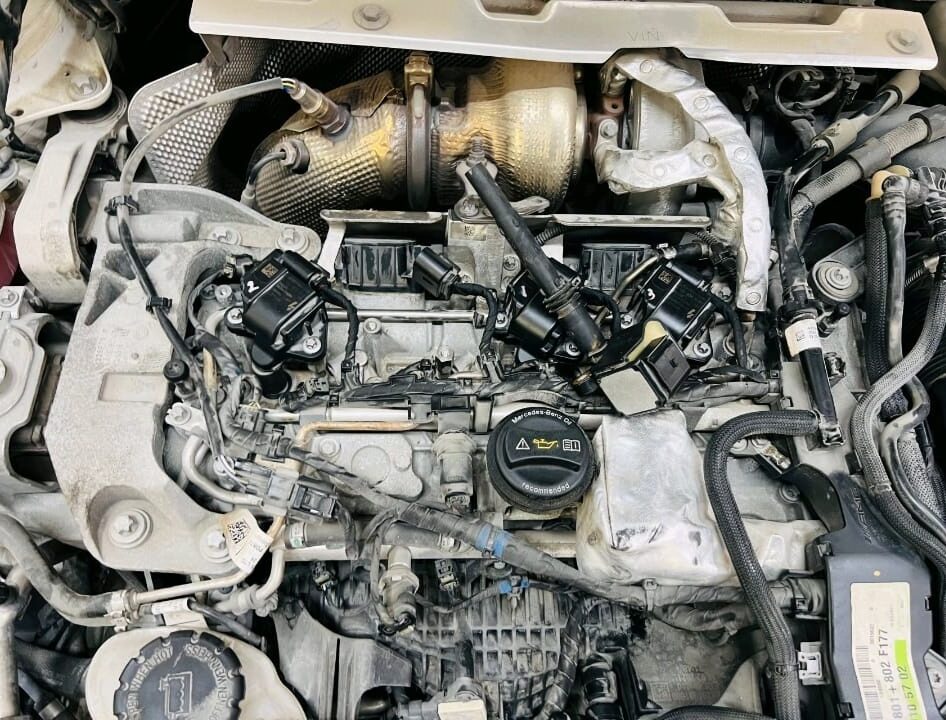NGK spark plugs are categorized by heat range, with hotter plugs having a lower heat range number. A hotter NGK spark plug is designed to operate at higher temperatures, promoting faster combustion and improving performance in certain engine types, like those requiring quicker heat dissipation.
When it comes to vehicle performance, one of the most important components that often gets overlooked is the spark plug. A well-functioning spark plug ensures the proper combustion of air-fuel mixture in the engine, leading to smooth operation and improved efficiency. But did you know that not all spark plugs are created equal when it comes to heat dissipation?
The heat range of a spark plug is a critical factor in ensuring that your engine runs efficiently without causing any damage. In particular, NGK spark plugs are highly sought after for their high performance and reliability, but understanding which NGK spark plug is hotter and how the heat range affects your engine can make all the difference.
In this blog post, we will explore what heat range is, the various types of NGK spark plugs, how to determine which spark plug is hotter, and why heat range is essential for your vehicle’s performance.

Contents
What is Spark Plug Heat Range?
The heat range of a spark plug refers to its ability to transfer heat from the spark plug tip to the engine’s cooling system. Each spark plug has a specific heat range that allows it to operate within a certain temperature range. Spark plugs are essential because they help ignite the air-fuel mixture in the engine’s combustion chamber.
However, when selecting a spark plug, understanding its heat range is crucial to ensuring optimal engine performance.
- Hot Spark Plugs: Hot spark plugs retain heat at the tip, which allows them to function well in situations where the engine is operating at lower temperatures, such as in city driving with frequent stops. Hotter spark plugs help prevent fouling by maintaining an adequate temperature to burn off any carbon buildup.
- Cold Spark Plugs: Cold spark plugs dissipate heat quickly, making them ideal for high-performance engines, racing engines, or vehicles that regularly operate under high-load conditions. These spark plugs ensure that the spark plug tip doesn’t overheat and cause damage to the engine.
NGK Spark Plugs uses a numerical system to classify heat ranges. The higher the number, the colder the spark plug. For instance, an NGK BKR6E spark plug is considered hotter than an NGK BKR8E spark plug. Therefore, understanding the heat range helps ensure that you use the appropriate spark plug for your vehicle and its operating conditions.
NGK Spark Plug Heat Range Chart
To help you choose the right spark plug for your engine, here’s a general NGK Spark Plug heat range chart, which shows the heat range in ascending order:
| Heat Range | Spark Plug Example |
|---|---|
| 2 | R5671A-2 |
| 4 | R5671A-4 |
| 6 | BKR6E |
| 8 | BKR8E |
| 10 | BKR10E |
| 12 | BKR12E |
As you can see, as the number increases, the spark plug becomes colder. Hotter plugs have a smaller number, such as the BKR6E, which is suitable for most everyday vehicles. Cold plugs, such as the BKR8E, are better suited for high-performance engines. Read more about NGK Spark Plug Heat Range Chart.
Which NGK Spark Plug is Hotter?
So, which NGK spark plug is hotter? As mentioned earlier, the heat range increases with the number, meaning a higher-numbered NGK spark plug is colder, while a lower-numbered spark plug is hotter. Let’s break down some of the most common NGK spark plugs and compare their heat ranges.
1. NGK BKR6E (Hotter Spark Plug)
The BKR6E spark plug is a popular choice for standard engines, particularly in passenger vehicles. With a heat range of 6, the BKR6E is considered a moderately hot spark plug. It’s ideal for engines that experience typical driving conditions, such as city driving and light highway driving. Its ability to retain heat helps prevent fouling while providing efficient combustion.
- Applications: Standard passenger vehicles, light trucks, city driving.
- Heat Range: Hot (6).
2. NGK BKR8E (Colder Spark Plug)
On the other hand, the BKR8E spark plug is a colder option. With a heat range of 8, the BKR8E spark plug is more suitable for performance engines, such as those found in sports cars or vehicles used for racing or towing. The BKR8E dissipates heat more quickly, preventing overheating, making it ideal for high-performance applications.
- Applications: Performance engines, racing cars, high-performance vehicles.
- Heat Range: Cold (8).
3. NGK Iridium IX (Hotter Version)
NGK’s Iridium IX series spark plugs are designed for performance vehicles and those requiring higher durability. While the Iridium IX BKR7E is an excellent choice for many, the BKR5E from the same series is hotter and suitable for engines under light load conditions. Iridium spark plugs are generally more durable, providing longer service life than traditional spark plugs.
- Applications: Performance vehicles, modified engines, street cars.
- Heat Range: Hot (5-6).
4. NGK Racing Spark Plugs (Colder)
For high-performance and racing applications, NGK offers Racing Spark Plugs that come in colder options, such as the NGK R5671A-10, with a heat range of 10. These plugs are designed to handle extremely high temperatures and operate under heavy load conditions, such as during racing or off-roading.
- Applications: Racing engines, high-performance engines, extreme load conditions.
- Heat Range: Very Cold (10).
Factors Affecting Heat Range Selection
Choosing the correct heat range depends on several factors:
1. Engine Type
Stock engines, which are designed to run under light to moderate loads, often require hotter spark plugs. Conversely, modified or performance engines, which may run under high load and high temperature, require colder spark plugs to ensure proper heat dissipation.
2. Driving Conditions
If you do a lot of city driving with frequent stops, your engine operates at lower temperatures, which can lead to carbon buildup on spark plugs. In this case, a hotter spark plug like the BKR6E is recommended to maintain the necessary tip temperature to prevent fouling.
On the other hand, if you often drive at high speeds or take part in racing, a colder spark plug, such as the BKR8E, is ideal to keep the spark plug tip from overheating under heavy load.
3. Fuel Type
Engines that use high-octane fuel are typically better equipped to handle hotter temperatures, and they can benefit from a colder spark plug. Engines running low-octane fuel may experience knocking or pre-ignition, and a hotter spark plug helps prevent this by maintaining a higher tip temperature.
4. Engine Load
Engines that are subjected to heavy loads, such as towing or off-roading, generate more heat and require a colder spark plug to prevent damage. Conversely, engines that run under lighter loads can operate well with hotter spark plugs.
Diagnosing Spark Plug Conditions Based on Heat Range
By inspecting the condition of your spark plugs, you can determine whether you have the correct heat range:
- Fouling: If your spark plugs have black soot or carbon buildup, the spark plug is likely too cold, and you should switch to a hotter spark plug.
- Pre-ignition: If the spark plug’s insulator is white or blistered, it means the spark plug is too hot and could cause engine damage. Consider switching to a colder spark plug.
- Normal Operation: If your spark plug has a tan or grayish color, it indicates normal combustion, suggesting the correct heat range is being used.
Frequently Asked Questions
Here are some FAQs about hotter NGK spark plug –
1. How do I know if I need a hotter or colder spark plug?
If you have a stock engine and use your car for daily driving, a hotter spark plug like the BKR6E is sufficient. However, if you have a performance engine or drive under heavy load, you will need a colder spark plug like the BKR8E.
2. Can I use a colder spark plug in a stock engine?
Using a colder spark plug in a stock engine can be done but is generally unnecessary unless you are operating under extreme conditions such as high speeds or racing.
3. What happens if I use a spark plug that’s too hot?
If a spark plug is too hot, it can cause pre-ignition or engine knocking, which may damage your engine over time.
4. What is the difference between NGK Iridium and standard NGK plugs?
Iridium plugs have a finer electrode and offer better performance and longer lifespan than standard NGK plugs. Iridium plugs are often used in high-performance and modified engines.
5. How often should I replace my NGK spark plugs?
NGK spark plugs should typically be replaced every 30,000 to 100,000 miles, depending on the vehicle and driving conditions.
Conclusion
Selecting the right heat range for your NGK spark plug is important for maintaining your engine’s performance and longevity. Hotter spark plugs are suitable for engines under lighter loads, while colder spark plugs are better for high-performance or modified engines. NGK provides a range of spark plugs with varying heat ranges, from the moderately hot BKR6E to the colder BKR8E. By considering factors such as engine type, driving conditions, fuel type, and engine load, you can choose the best NGK spark plug for your needs.





